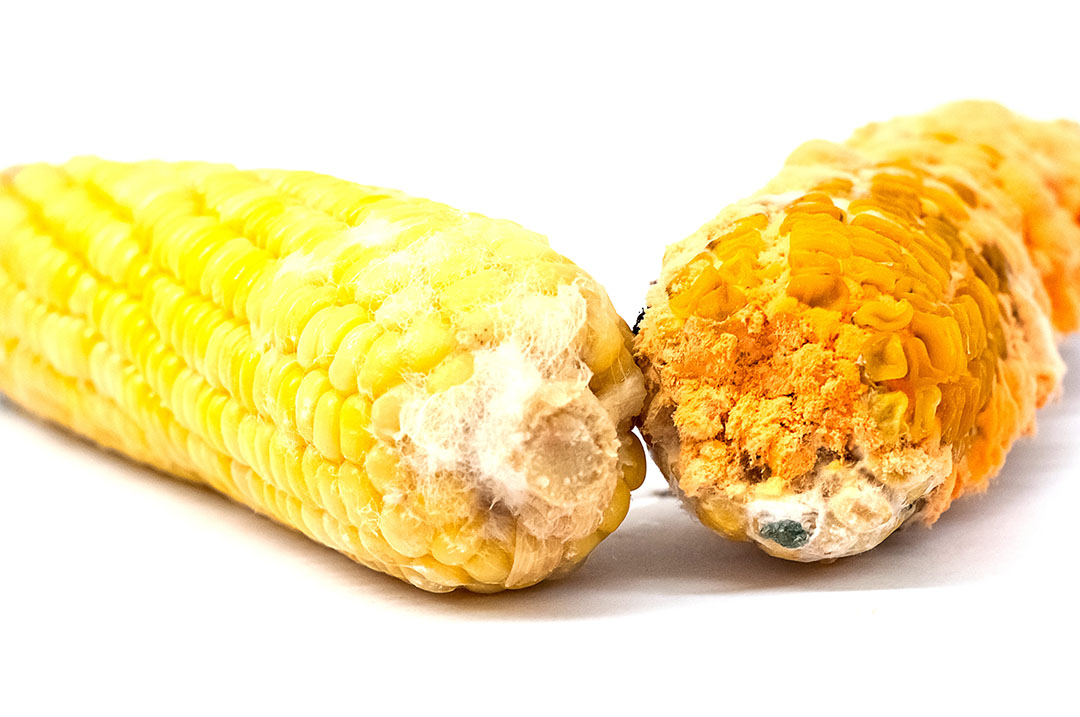World Mycotoxin Report: Impact 2020

The prevalence of FUM and DON mycotoxins remained high last year, according to the results of the World Mycotoxin Survey 2019, released by Biomin.
Last year more than 20,000 samples were tested in 86 countries. Overall the survey shows that the occurrence of Fumonisins and Deoxynivalenol remain high in every continent. Although the prevalence of mycotoxins is shifting, explains Annelies Mueller product manager, Biomin in a live webinar: “Due to climate change mycotoxins which were usually found in the southern part of the world are now moving to the north. Mycotoxins are moving with the sifting climate.” The mycotoxin report shows detailed results on the prevalence of mycotoxins for each continent.
Europe
In Europe prevalence of DON and FUM is highest, although the prevalence of FUM in 2019 decreased slightly compared with 2018. Also ZEN is highly present. However the risk in EU is mainly due to the prevalence of DON
Anneliese Mueller: “This harvest we saw high prevalence of DON in cereals and corn. 83% of the corn samples tested positive on DON, followed by FUM with 73%. In cereals there was found a maximum DON contamination of 21980 ppb. The mycotoxin prevalence varies between regions in Europe due to climate differences and type of grains harvested. In East Europe, DON is the most present mycotoxin and in southern Europe FUM is most present with 58%.”
Mycotoxin Knowledge Centre:
This interactive tool provides information on the impact on livestock health, an A-Z, plus regulations.
North America
The prevalence of mycotoxins has increased over the last 5 years. Last year’s survey shows 90% DON prevalence in finished feed samples analysed with maximum concentration of 8936 ppb. 85% DON prevalence in corn samples followed by FUM with 78% and 55% ZEN. In addition, co-contamination is found in 75% of the corn samples.
Surprisingly, novel plant breeds that are selected to be resistant to mycotoxin producing fungi often accumulate a higher percentage of mask mycotoxins compared to the non-resistant breeds.” – Martina Bellasio Senior Mycotoxin expert of Romer Labs.
Central and South America
In Central America the risk level is high, with a prevalence of 69% DON in cereals and 90% FUM prevalence in corn followed by a prevalence of DON with 56%. The risk level of South America is stated mid-high with a highest prevalence of FUM and DON of 73% and 63%.

Also read: World Mycotoxin Report: Impact 2019
Asia
Asia remains at the same extreme risk level as last year. The prevalence of ZEN and FUM increased in 2019 compared to 2018 and DON remains at high occurrence. Also Afla toxins are a problem. In Asia there was an Afla prevalence of 31% in the corn samples with a maximum contamination of 773 ppb. In finished feed 99% of the samples was contaminated with FUM.
Africa
The risk increased to extreme level this year mainly due to the contamination with Aflatoxins, which show high prevalence in corn and finished feed.
Due to climate change mycotoxins which were usually found in the southern part of the world are now moving to the north.” – Annelies Mueller product manager, Biomin
Masked mycotoxins
Last year there was also more attention for masked mycotoxins. As a result of a defence mechanism of the host plants conjugation of sugar to the mycotoxin takes place and some mycotoxins are masked. For example a glucose molecule attached to a mycotoxin. Therefore, these mycotoxins are often overlooked with regular mycotoxin tests. When an animal ingests feed containing masked mycotoxins, the sugar molecule will be cleaved in the gut and the mycotoxin is released.
Martina Bellasio Senior Mycotoxin expert of Romer Labs: “Surprisingly, novel plant breeds that are selected to be resistant to mycotoxin producing fungi often accumulate a higher percentage of mask mycotoxins compared to the non-resistant breeds.“











